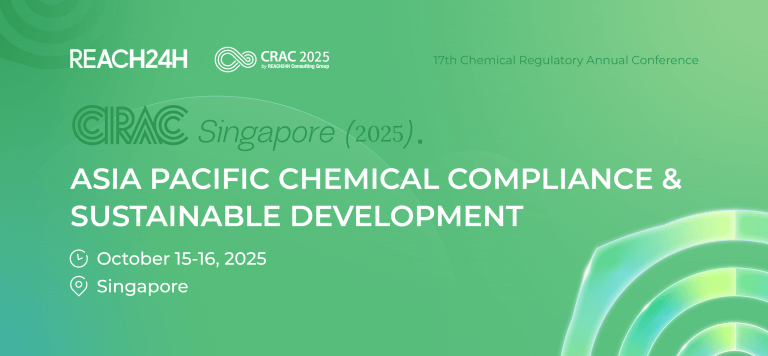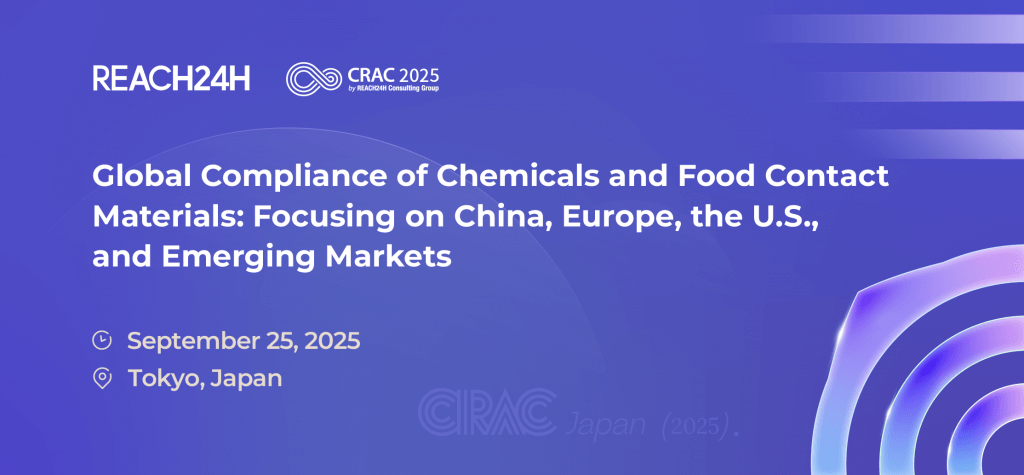Introduction
The European Union (EU) is a major market for detergents and cleaning products, valued in the tens of billions of euros and showing steady growth. With increasing consumer demands for safety and sustainability, the EU has strengthened its regulatory framework. This system for cleaning products is a complex, interconnected network. Businesses seeking success must adopt a unified approach, understanding how ingredient restrictions, safety standards, and labeling requirements interlink.
Core Principle: Product Function Claim as the Primary Determinant of the Regulatory Pathway
In the EU, a cleaning product’s regulatory path is determined not just by its chemical composition but, critically, by its intended use or claim. Understanding this principle is essential for navigating the framework..
General Chemicals
Chemical substances or mixtures that do not have specific claims like "detergent" or "biocidal" (e.g., certain industrial cleaners) are primarily governed by general chemical regulations like REACH and CLP regulations.
Detergent Products
These products typically contain surfactants and are used for washing or cleaning, but do not claim to have disinfecting or sanitizing properties. They are covered by the Detergents Regulation and must also meet REACH and CLP requirements..
Biocidal Products
Products claiming disinfecting, sterilizing, or antimicrobial effects are classified as biocides and regulated mainly under the Biocidal Products Regulation (BPR).
Cosmetic Cleaners
Products primarily intended for contact with the human body, such as shampoos or body washes, are classified as cosmetics and governed by the EU Cosmetics Regulation.
Regulatory Compliance: Navigating Multiple Interconnected Regulations
The EU's system works synergistically, meaning a single product may need to comply with several regulations simultaneously. This interconnected approach ensures comprehensive oversight, from ingredients to packaging.
EU Detergents Regulation (Regulation (EC) No 648/2004)
This sets rules for placing detergents and surfactants on the market, requiring biodegradability standards and detailed ingredient and dosage information on labels and websites.
REACH Regulation (Regulation (EC) No 1907/2006)
REACH mandates the registration, evaluation, authorization, and restriction of chemicals, requiring all substances in cleaning products with annual production or import ≥1 ton to be registered, with specific restrictions on substances like microplastics and phosphates.
CLP Regulation (Regulation (EC) No 1272/2008)
CLP Regulation ensures uniform classification, labeling, and packaging of substances and mixtures, requiring cleaning products to display hazard-based labels, Unique Formula Identifier (UFI) codes, and comply with Poison Centre Notification (PCN) requirements.
BPR Regulation (Regulation (EU) No 528/2012)
BPR regulates biocidal products, requiring approval for active substances and authorization for products with disinfectant or antimicrobial claims.
EU Cosmetics Regulation (Regulation (EC) No 1223/2009)
This establishes safety, ingredient, labeling, and notification standards for cosmetics, requiring cleaning products like shampoos and body washes to undergo safety assessments and comply with Cosmetic Product Notification Portal (CPNP) requirements.
Packaging and Packaging Waste Regulation (PPWR)
PPWR encourages sustainable packaging, affecting cleaning products through mandates for eco-friendly designs and recycled materials.
Voluntary Certification and Sustainable Management
In addition to required regulations, the EU supports voluntary certifications and sustainable practices for cleaning products. These help align with sustainability goals and appeal to consumers seeking eco-friendly options.
EU Ecolabel
This voluntary label highlights products that achieve high environmental standards across their lifecycle. Earning the EU Ecolabel signals a dedication to sustainability, boosts brand reputation, and offers a market edge.
Safe and Sustainable by Design (SSbD)
SSbD is an EU framework that encourages companies to embed safety and sustainability into product development from the start.
Conclusion: A Holistic Approach to EU Compliance
The EU's framework for detergents and cleaning products forms a thorough, linked system. Achieving success demands a comprehensive and forward-thinking compliance strategy that addresses all aspects seamlessly. With its profound insight into complex regulatory frameworks, professional interdisciplinary background, extensive practical project experience, and ability to provide customized, efficient compliance solutions, the REACH24H team can offer comprehensive compliance consulting and support services to companies intending to import cleaning products into the EU:
Cleaning Product Compliance Consulting/Analysis Reports
Cleaning Product Registration/Certification/Notification
Cleaning Product Label and Packaging Review
Other Customized Cleaning Product Services
Do you have specific cleaning products in mind that you're considering importing, or are you looking for more general advice on U.S. cleaning product compliance? Please feel free to contact us at customer@reach24h.com.





